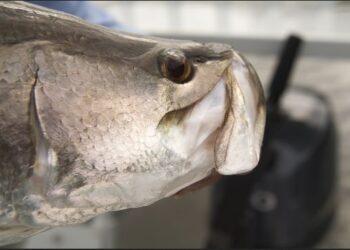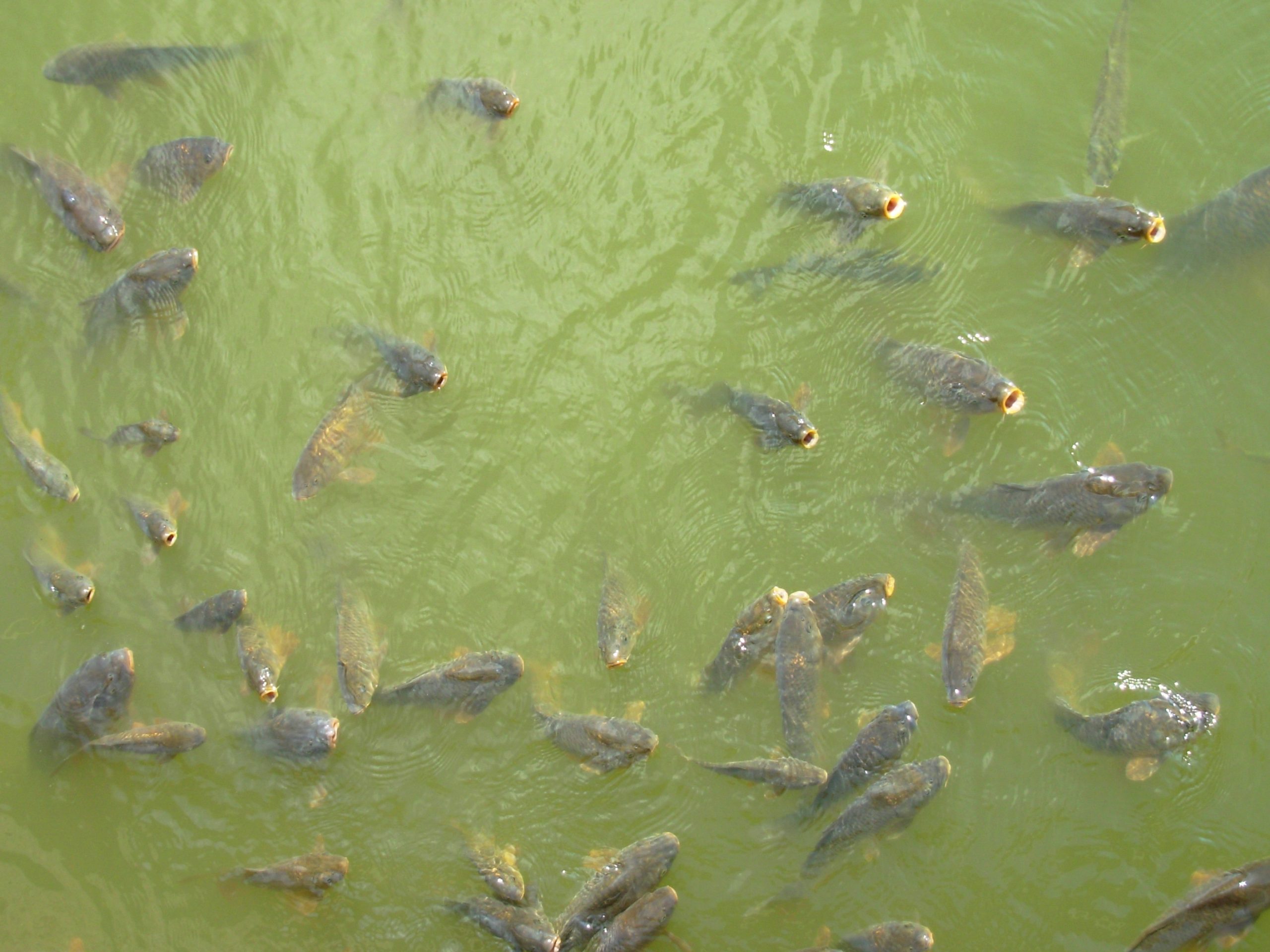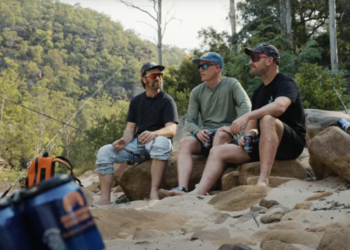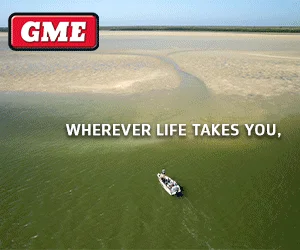AUSTRALIA’S fish habitat charity, OzFish, is calling on the help of Australia’s recreational fishing and ocean-loving super sleuths to track down the country’s remaining tropical shellfish reefs — so they can be studied and restored.
OzFish, in collaboration with Griffith University, is asking Australians to keep their eyes peeled for tropical shellfish reefs while out on the water. If they spot them, people are asked to take photos — including close-ups of the shellfish — and share their findings with researchers.
Scientists will then use this data to determine the best locations for on-ground works to restore these crucial ecosystems.
OzFish senior special projects officer Robbie Porter said: “A vast majority of these tropical shellfish reefs in Australia have disappeared. Now, we need Australians to help us bring them back.”
“Tropical shellfish reefs are vital for coastal and estuarine ecosystems, providing food and homes to a huge range of fish, including favourites mangrove jack and yellowfin bream. They support the production of up to 16 tonnes of fish per hectare each year, they clean our bays and estuaries and protect shorelines from the impacts of climate change.”
“At OzFish, we know the value of a good fishing spot, so we’re not asking folks to give away their secrets— your info stays confidential.”
“We just need to know where tropical shellfish reefs already exist, so we can determine the best places to restore them. These reefs are natural fish factories, so in helping OzFish collect this data, you’ll be directly supporting the return of more fish.”
Porter urges spotters to think outside the box when it comes to identifying reefs.
“Tropical shellfish reefs can form on all sorts of bases — old posts, sea walls, mangrove roots, or even directly on muddy or sandy bottoms. Look for clumps or clusters of oysters or mussels growing on top of each other — not just a single layer on rocks or hard surfaces. The shellfish are usually cemented together — that’s a key feature that makes it a reef, not just scattered shell.”
“Take a few clear photos — one showing the overall reef site, and a couple of close-ups showing the clumping shellfish.”
“Note the location — even a rough GPS pin or simple location description helps, then upload your photos and details to the OzFish Tropical Shellfish Reef Tracker database.”
Dr Marina Richardson from Griffith University said: “Shellfish reefs have often been referred to as the temperate equivalent of coral reefs, but we now know that’s not exactly true – shellfish reefs are also found across the tropics, and we know almost nothing about them! In fact, we know so little that most of the tropical reef-building species in Australia are yet to be given a scientific name. It’s important that we understand their ecology and potential conservation needs to ensure that these ecosystems, and their many benefits, thrive for generations to come.”
OzFish has recently been advocating for action to prevent further devastating fish kills and are urging politicians contesting the 2025 election to commit to Four Fixes for Fish.
In December 2024, Ozfish also dropped more than 3,000 Robust Oyster Baskets (ROBs) in Moreton Bay as part of its Moreton Bay Shellfish Reef Restoration project, aiming to restore 100 hectares of shellfish reef over the next 10 years and beyond.
This project is delivered in partnership with OzFish Unlimited and Griffith University and is funded by the federal government through the National Environment Science Program. It is also supported by BCF – Boating, Camping, Fishing.





















